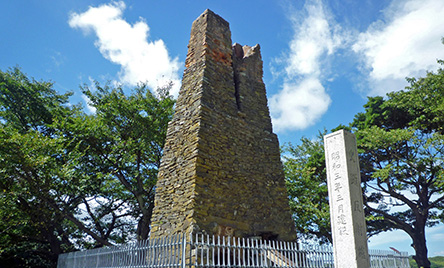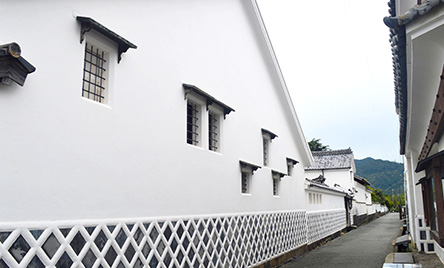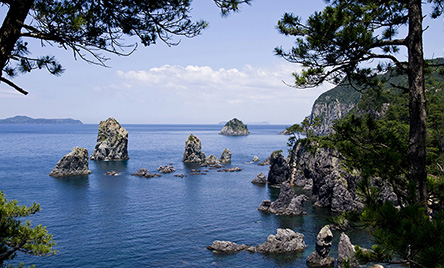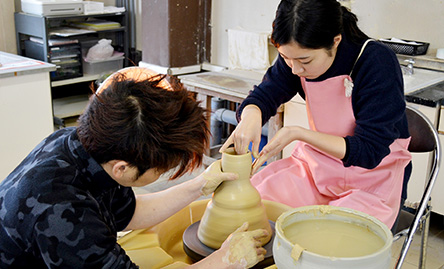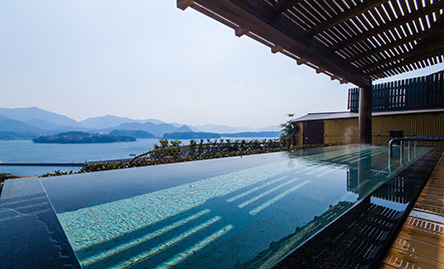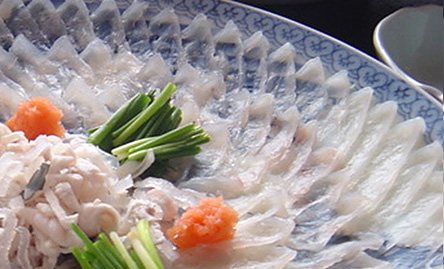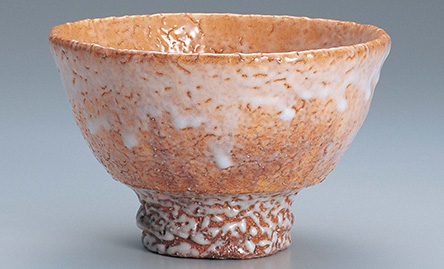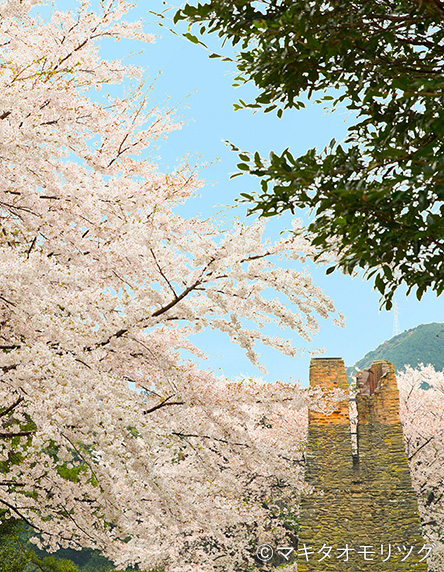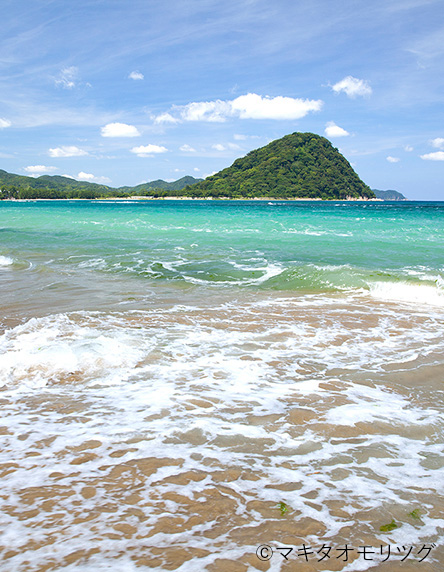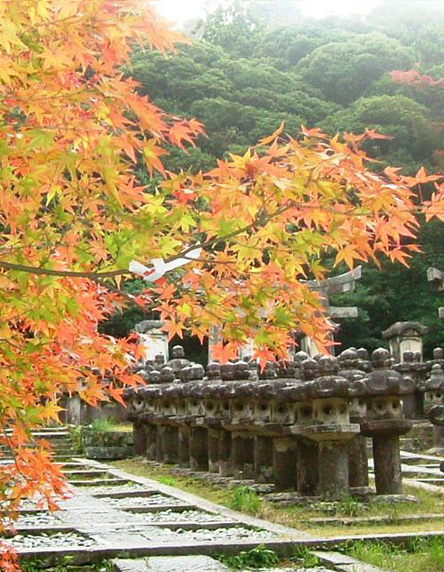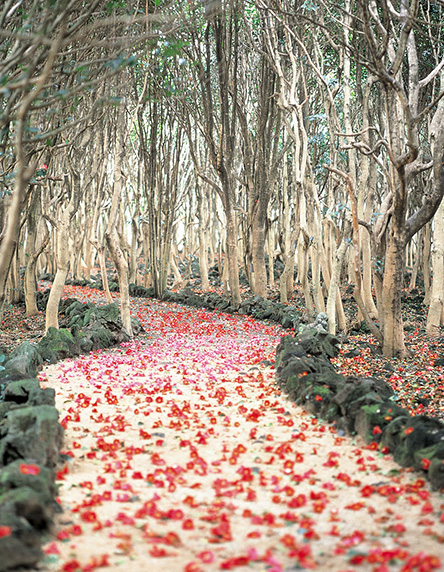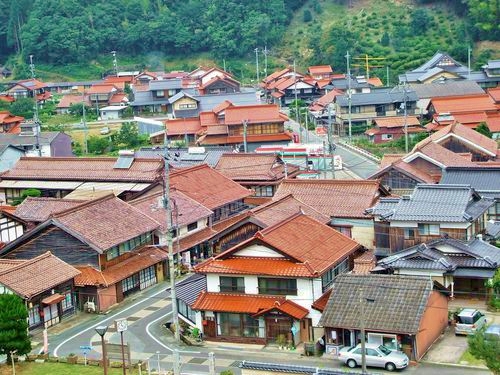During the Edo period (1603–1867), Sasanami-ichi was the second stop on the way to Mitajiri on the Hagi Ōkan highway. Hagi Ōkan crossed the mountains, connecting Hagi to the Inland Sea port town of Mitajiri, now part of the city of Hōfu. Completed in the early 1600s, Hagi Ōkan was built to connect Hagi, the capital of Chōshū domain, to the rest of the domain and to facilitate the compulsory journeys to Edo made by the Mōri daimyo as part of the sankin kōtai, or “alternate attendance” system.
Having been on the losing side of the Battle of Sekigahara in 1600, the powerful daimyo Mōri Terumoto (1553–1625) was forced by the victorious Tokugawa Ieyasu (1543–1616) to give up much of his domain and relocate. Ieyasu forced Terumoto to leave his castle in Hiroshima on the Inland Sea and move to Hagi, on the remote western side of Honshū. On the way, Terumoto and his retainers stopped at Sasanami-ichi and lodged at Chōshōan Temple. Terumoto was so taken with the village that he put the temple under his care and paid for local buildings to be converted into teahouses where travelling daimyo and their retinue could stop to rest or spend the night as they crossed the mountains on their way to or from the capital. In 1606, two years after the move to Hagi, Terumoto ordered the construction of 62 townhouses along the highway between Sasanami-ichi and Hagi. The houses were separated into three neighborhoods: Kaminochō, Nakanochō, and Kudoshi.
Although each of the three neighborhoods engaged in farming, they had their own roles as well. Kaminochō provided lodging to travelers. Nakanochō had merchants and artisans with businesses such as a sake brewery, an oil shop, a vinegar and soy sauce retailer, a tofu maker, a rice dealer, and a blacksmith. Kudoshi provided horses for transportation.
In 1865, Sasanami-ichi was the site of a skirmish between rival groups of Chōshū domain samurai. During the skirmish, known as the Battle of Sasanami (Sasanami no Ikusa), twelve houses were destroyed and five samurai were killed. Aside from that single conflict, Sasanami-ichi has been a small, sleepy town since the 1600s. Many of the houses there were built in the nineteenth century, and in 2010 the area was designated an Important Preservation District for a Group of Traditional Buildings by the Agency for Cultural Affairs (ACA).
Many of the buildings in the neighborhood have been repaired with the help of the ACA. The Former Kobayashi Family Residence was completely restored between 2015 and 2017 at a cost of 100 million yen. Originally an inn, its airy, two-story structure has two staircases to allow customers to enter their rooms without disturbing the other guests. The residence is a fine example of hirairi-zukuri architecture, with the entrance on the front side of the building parallel to the roof ridge.
Hayashiya, a ryokan inn, Ōtsu-shōten, a former tavern, and the Sasaki, Miura, and Ōno family residences are other notable Sasanami-ichi structures. The latter was constructed here in the late 1860s after the original house was burned down during the Battle of Sasanami. A typical farmer’s house, it originally had a thatched roof in the yosemune-zukuri (hipped-roof) style, but during the Shōwa era (1926–1989) it was re-roofed with tile.
(This English-language text was created by the Japan Tourism Agency. )
Basic info
| Address | Sasanami, Hagi, Yamaguchi |
|---|
